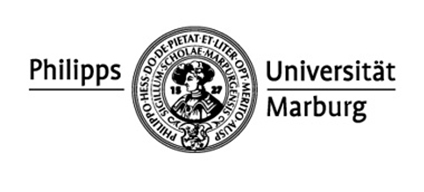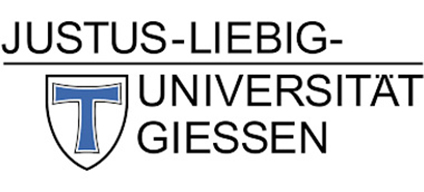Main Content
Area C - Second Messenger
C1 - Modulation of CPS Biosynthesis by Diffusible Signals
PI: Anke Becker

In subproject C1 we will investigate the hypothesis that diffusible host signals regulate the bacterial production of capsular polysaccharide (CPS). Klebsiella pneumoniae (Kp) is an ubiquitously distributed Gram-negative bacterium that asymptomatically colonizes human mucosal surfaces. As an opportunistic pathogen, Kp expresses a variety of virulence factors that enable human infection. CPS is a major determinant of virulence and a potential therapeutic target component. More than 100 capsule types have been identified in Kp, with the majority of hypervirulent isolates having capsule type K1 or K276 . High molecular weight CPS is anchored in the cell envelope and forms the outermost layer around the bacterial cell. CPS quantity and properties such as structure, molecular weight and anionic modifications determine parameters of the capsule such as viscosity, charge and resistance to degrading enzymes under the respective environmental conditions. In addition, the culture supernatant of capsule-bearing bacteria also contains diffusible poly- and oligosaccharides derived from CPS biosynthesis or degradation.
Despite the great importance of CPS for the virulence of Kp, the regulatory mechanisms and host factors that lead to adjustments in the amount and properties of CPS and the consequences for host interaction are not yet fully understood. In this subproject, the influence of the host on bacterial CPS production will be characterized in detail.
C2 - Diffusible Signals in Stress Adaptation
PI: Gert Bange

The nucleotides (p)ppGpp are central to the adaptation of the physiology and metabolism of bacteria to changing environmental and stress conditions. This is also called stringent control. The Alarmone (p)ppGpp have a broad cellular spectrum of activity and modulate DNA replication, transcription, protein biosynthesis, nucleotide, amino acid and lipid metabolism and cell wall composition. In the case of pathogenic bacteria, (p)ppGpp plays an important role in adaptation to host conditions.
In all bacteria, the alarmones are produced by so-called (p)ppGpp synthetases and degraded by (p)ppGpp hydrolases. The enzymatic activity of both classes of enzymes depends on a wide variety of signals (e.g. amino acid availability, metal ion concentrations). These signals are translated by the above-mentioned (p)ppGpp synthetases and hydrolases, accompanied by a change in the cellular (p)ppGpp concentration, into local and/or global adaptations of the physiology and metabolism of the bacteria. A bioinformatic analysis of existing genomes of the Gram-negative bacterium Klebsiella pneumoniae shows that this bacterial species possesses three such enzymes (Rel, SAS1 and SAS2). So far, nothing is known about these enzymes and their role in K. pneumoniae.
The aim of subproject C2 is to provide a detailed mechanistic insight into the role of stringent control in the response to diffusible signals in the infection process of K. pneumoniae. In detail, we will define the influence of the enzymes Rel, SAS1, SAS2 and the directly related cellular (p)ppGpp concentrations on the secretion and composition of OMVs of K. pneumoniae. The work will provide a detailed mechanistic overview of the role of stringent control, Alarmone (p)ppGpp and their sensory enzymes for the cytotoxicity of K. pneumoniae on macrophages and its secretion by effectors. On this basis, new substances (small molecules) for therapeutic intervention will be sought or developed.




